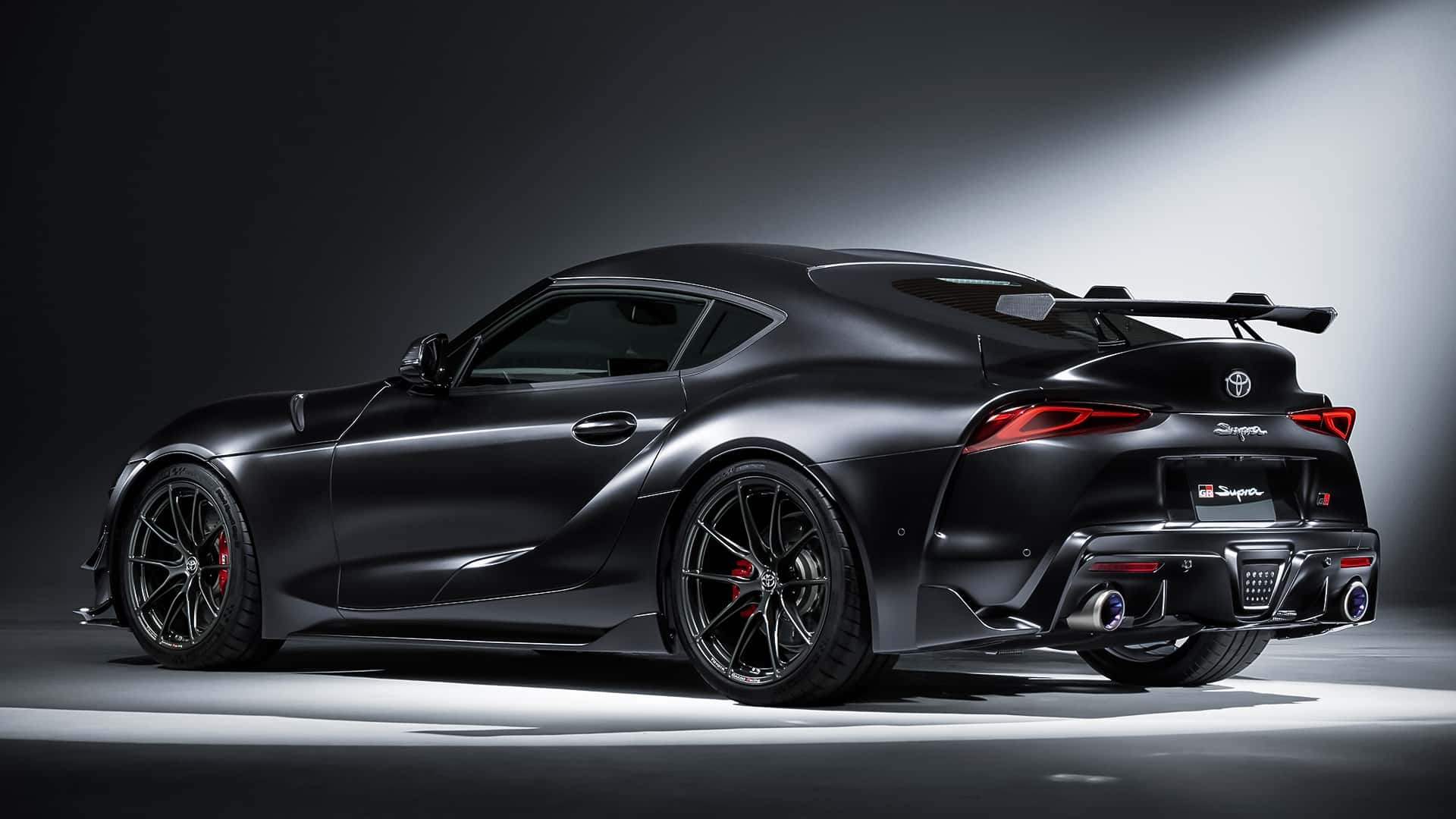In a move that has stirred excitement among automotive enthusiasts and industry watchers alike, Toyota Motor Corporation and Mazda Motor Corporation have announced a strategic partnership to co-develop a new generation of sports cars. This collaboration marks a significant milestone in the automotive world, signaling the two companies’ intent to combine their unique strengths and expertise to create vehicles that appeal to a new era of drivers.
The partnership emerges at a time when the sports car market is undergoing substantial transformation. Increasingly stringent emissions regulations, evolving consumer preferences, and rapid technological advancements are reshaping how automakers approach the design, engineering, and marketing of performance vehicles. By joining forces, Toyota and Mazda aim to navigate these challenges and deliver sports cars that blend exhilarating driving experiences with modern demands for sustainability and innovation.
A Shared Vision for Performance and Innovation
Toyota, the world’s largest automaker by volume, is renowned for its leadership in hybrid technology, manufacturing efficiency, and a diverse lineup that spans from economy cars to high-performance models. Mazda, a smaller but highly respected player, has built a reputation centered on “Zoom-Zoom” driving dynamics, stylish design, and a commitment to lightweight construction and driving purity.
Together, the two companies plan to leverage their complementary capabilities. Toyota brings to the table its extensive research and development resources, advanced hybrid powertrain technology, and proven global manufacturing infrastructure. Mazda offers a distinct design philosophy, a passionate fan base for its sports models such as the MX-5 Miata, and expertise in crafting engaging, driver-focused vehicles.
The collaboration aims to blend Toyota’s innovation with Mazda’s driving spirit, setting the stage for a new breed of sports cars that deliver thrilling performance without compromising environmental responsibility.
Crafting the Next Generation of Sports Cars
While details about the vehicles remain under wraps, industry insiders and analysts expect the new sports cars to embody a range of advanced features reflecting the latest trends and technological progress. Electrification is anticipated to play a major role, with hybrid powertrains likely forming the backbone of the new models. This approach will help the vehicles meet increasingly tough emissions regulations worldwide while preserving the dynamic driving characteristics that sports car enthusiasts cherish.

In addition to powertrain advancements, the partnership is expected to focus heavily on lightweight construction and structural rigidity. Both Toyota and Mazda have shown commitment to using innovative materials and manufacturing techniques to reduce weight and improve handling. This emphasis on weight-saving technologies aligns with the companies’ shared goal of delivering cars that are nimble, responsive, and fun to drive.
The design aspect of the new sports cars is also a critical element. Mazda’s distinctive Kodo design language, known for its flowing lines and athletic proportions, is likely to influence the vehicles’ aesthetics. Toyota’s approach to blending form and function, as seen in models like the Supra and GR series, may complement Mazda’s design ethos to create sports cars that are visually striking yet purpose-built for performance.
Benefits Beyond the Cars Themselves
The collaboration offers benefits that extend beyond the vehicles themselves. By sharing development costs, research efforts, and platform technologies, Toyota and Mazda can achieve economies of scale that improve profitability and reduce financial risk. This is particularly important in the sports car segment, which traditionally occupies a niche market with comparatively lower sales volumes.
Moreover, the partnership allows both companies to accelerate innovation. The automotive industry is currently undergoing rapid change, with advancements in electrification, connectivity, and autonomous driving technologies altering how cars are built and used. By pooling resources and expertise, Toyota and Mazda can better keep pace with these shifts and offer cutting-edge features in their sports cars.
From a strategic standpoint, this alliance helps both automakers strengthen their position in the global sports car market. Toyota, despite its massive scale, has fewer models in the traditional sports car category compared to its broad portfolio, while Mazda’s sports cars have won praise but have limited global reach. Working together allows both to expand their offerings and reach new customer segments.
Navigating Challenges and Setting Expectations
Despite the promising outlook, the partnership faces challenges typical of any collaboration between two major automakers. Aligning corporate cultures, design philosophies, and engineering approaches requires careful coordination. Both companies must balance the need for shared components and platforms with the desire to maintain distinct brand identities and appeal.
Additionally, the development cycle for new vehicles is lengthy and complex, often spanning several years. Toyota and Mazda will need to manage timelines and investments to ensure that the resulting sports cars arrive at a time when market demand is strong and regulatory requirements are met.

Furthermore, the sports car market itself is evolving. While there remains a passionate base of traditional enthusiasts who value rear-wheel drive, manual transmissions, and analog driving experiences, there is also growing demand for electrified and connected vehicles that offer versatility and convenience. Meeting these diverse expectations will require innovation, flexibility, and a clear vision from both partners.
What This Means for Enthusiasts and the Industry
For car enthusiasts, the partnership between Toyota and Mazda promises exciting new options in the sports car arena. Fans of Mazda’s nimble and affordable MX-5 Miata, as well as those who admire Toyota’s legendary Supra and GR lineup, can anticipate vehicles that combine the best of both worlds: engaging driving dynamics, cutting-edge technology, and striking design.
The alliance could reinvigorate interest in sports cars at a time when many manufacturers are shifting focus toward SUVs and electric vehicles. By emphasizing performance, craftsmanship, and driving enjoyment alongside sustainability, Toyota and Mazda may help preserve the legacy of sports cars for future generations.
From an industry perspective, the partnership highlights how collaboration is becoming a vital strategy for automakers to thrive amid rapid change. No single company can excel at every aspect of vehicle development, especially in specialized segments like sports cars. By joining forces, Toyota and Mazda set an example of how shared vision and complementary strengths can create value for companies, consumers, and the broader market.
Looking Ahead
Though official details on the timing of new model releases are still forthcoming, both Toyota and Mazda have signaled that concept vehicles and early prototypes may debut within the next year or two. Production models are expected to follow shortly thereafter, offering consumers a glimpse of the future of sports car performance.
As the automotive world watches this partnership unfold, it represents a hopeful sign that the spirit of driving passion and innovation remains alive and well. Through this alliance, Toyota and Mazda are not only crafting cars but also shaping the next chapter in the rich history of sports automobiles.












